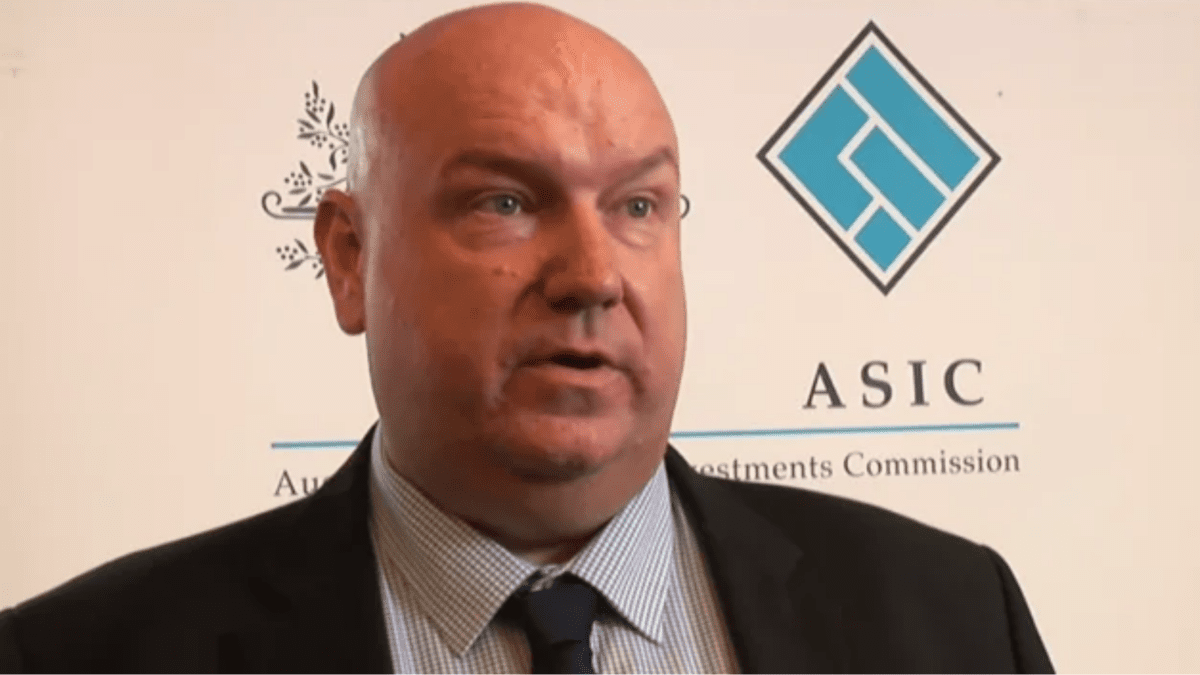Super tax change on track despite pushback over unrealised gains, non-indexation
With the federal government pushing ahead with plans to boost superannuation taxes on wealthier Australians, commentators say including unrealised capital gains as ‘earnings’ for those with balances above $3 million could have very unfair consequences for current superannuation savers and their children.
The government confirmed in the recent federal budget that Australians with superannuation balances above $3 million will pay tax on earnings at a higher rate of 30 per cent from July 1, 2025, on the proportion of their super savings exceeding that threshold. Earnings relating to assets below the threshold will continue to be taxed at the current rate of 15 per cent, or zero per cent if the savings are held in a retirement pension account.
The measure applies to both self-managed superannuation funds (SMSFs) and funds regulated by the Australian Prudential Regulatory Authority where individuals have a total superannuation balance (TSB) of more than $3 million. If a person has more than one super account, the TSB will be the combined value of both. If an SMSF is shared between several members and only one member has a TSB more than $3 million, that person’s balance will not impact the other members of the fund.
According to government estimates, the changes are expected to apply to fewer than 80,000 people in 2025-26, “meaning that more than 99.5 per cent of individuals with a superannuation account will be unaffected”.
Non-indexation raises industry concerns
However, while the proposal will initially affect only a handful of people, “the nature of having a flat non-indexed cap means that it will affect more Australians over time, bringing unnecessary complexity to the planning process,” says Peter Leggett, chief investment officer at Arrow Private Wealth. And there are currently no plans to index the threshold in future.
“Generation Y is probably more likely to be negatively affected than Generation X or Boomers,” Leggett says. “At 3 per cent inflation, this would mean in 30 years the capped amount would be the equivalent of $1.2 million today. Hence, Generation Y might not contribute to super as enthusiastically as their seniors have.”
Scott Keeley (pictured, left), a senior financial adviser with Wakefield Partners, agrees. “While the change is unlikely to affect many people, it may affect our children or our children’s children. While [the non-indexation] is a small thing, it is different to most other critical limits in superannuation legislation,” he says. “Perhaps of greater concern is the redefining of ‘earnings’ for the $3 million-plus cohort.”
Keeley believes the plan to include unrealised capital gains in the definition of earnings for the first time means increases in the value of a super balance will now be subject to the 30 per cent tax regardless of whether the increase has actually been realised.
“This creates the situation where an increase in value of a super balance will be taxed; however, if the increase is temporary or the balance falls in the following year, there will be no reconciliation,” he adds. “I say this is of greater concern because it may be that the government is trialling this new definition of ‘earnings’ with the possibility of it rolling out across lower balances.”
‘Unfair’ for small business
SMSF Association CEO Peter Burgess (pictured, right) believes the proposed changes could also be unfair for small business owners, many of whom hold their business assets through SMSFs, given the greater tax would apply on unrealised capital gains. “Using a member’s total super balance to calculate earnings is neither simple nor fair,” he says.
“If the government proceeds with the taxation of unrealised gains as proposed in their consultation paper, given many small business premises and farms are owned by SMSFs, this new tax could drive up their costs substantially at a time of unprecedented cost of living increases,” Burgess says. “Therefore, it’s important the full impact on taxpayers, including small business owners and primary producers, is fully explored.”
Meanwhile, stage-three tax cuts are still planned for next year, with no changes announced in the budget. From July 1, 2024, the 37 per cent tax rate bracket will be abolished, the 32.5 per cent rate will be lowered to 30 per cent and the threshold for the 45 per cent rate would be lifted by $20,000. That means anyone earning between $45,001 and $200,000 would pay the same tax rate.









